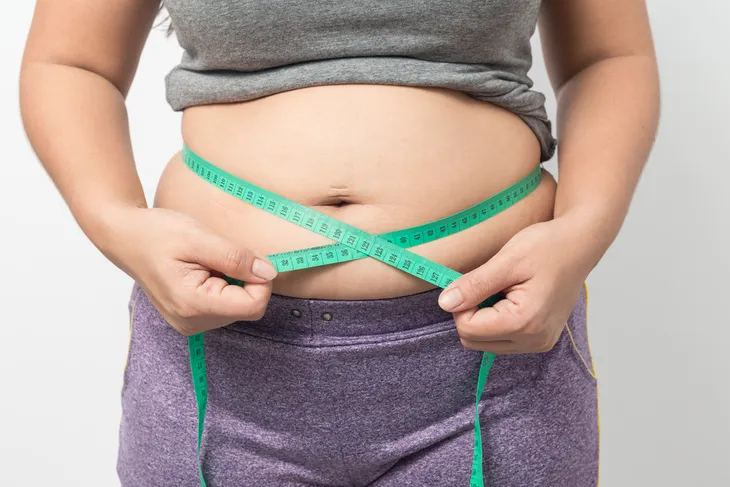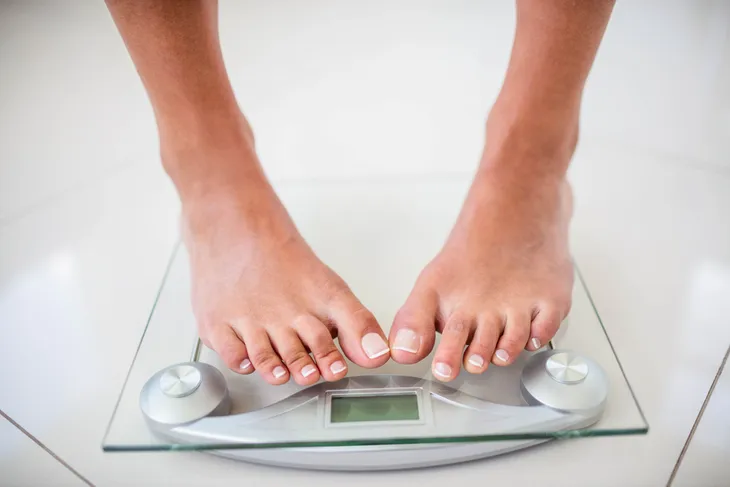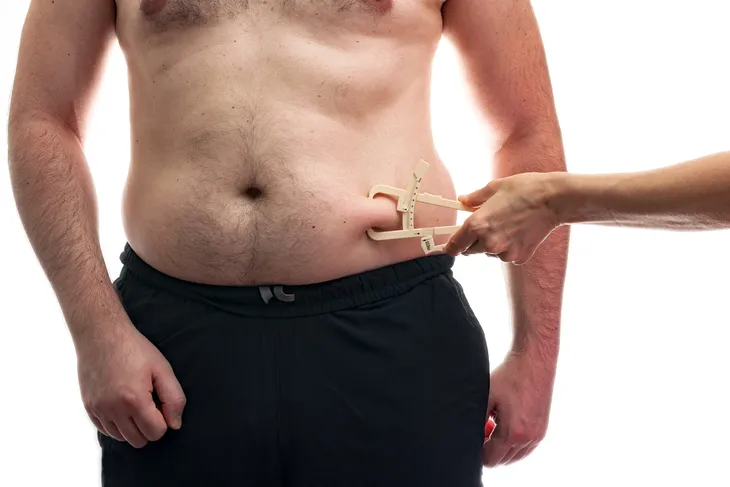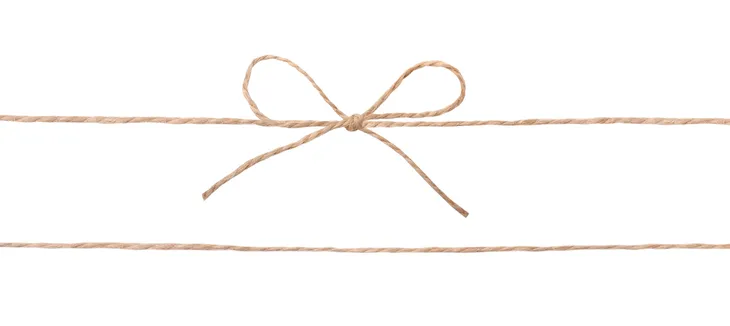If you’re hoping on a bathroom scale every morning to find out how much you weigh, you’re not doing yourself any favors. Unfortunately, the same goes for the BMI (or body mass index), a tool that tells you if you’re underweight, normal, overweight, or obese based on a weight to height ratio.
In reality, body weight is made up of fat mass and muscle mass—leaving an athletic person who has build a great deal of muscle mass weighing a whole lot on a scale that makes zero differentiations. The opposite can also ring true, a person who weighs very little can carry most of their weight in body fat, which isn’t healthy despite the numbers on that scale.
Luckily, there are several tools that can accurately measure body fat vs. muscle mass…
1. Waist-to-Hip Ratio
According to a study from the European Heart Journal, measuring waist-to-hip ratio will quickly determine if you’re prone to heart disease. A waist-to-hip ratio of 0.8 or more indicates a risk of cardiovascular disease.
To determine waist-to-hip ratio, wind a soft tape measure around the widest parts of your waist and hips, and then find an online calculator to tell you the results. Waist-to-hip ratio (as well as waist circumference alone) is used by medical experts to determine overall heart disease risk.
2. Air Displacement Plethysmography
ADP, or air displacement plethysmography, measures lean vs. fat body mass using air displacement technology. According research from the National Institutes of Health, ADP offers an expensive yet rather accurate body weight calculation.
The coolest thing about an ADP measurement is the Bod Pod, an egg-shaped dome that you sit inside while air displacement plethysmography is used to calculate your muscle vs. fat mass.
3. Caliper Pinch Test
The good old “pinch” test is conducted by many fitness clubs and weight loss clinics. It’s conducted by using handheld calipers to pinch various areas on the body and ascertain your amount of overall body fat.
I don’t have to tell you that the accuracy of calipers is largely dependent on the individual conducting the test and doing the pinching. Maybe calipers aren’t an exact science, but they can help provide a record of fat loss progress, if you do the test every month.
4. DEXA
DEXA—or dual-energy X-ray absorptiometry—measures body composition (body fat, bone, and muscle mass) to determine heart disease risk the same way it’s used to measure bone density and predict the risk of osteoporosis. In fact, a DEXA scan can even determine an accurate measurement of visceral fat (fat in the waist area) that predisposes us to cardiovascular disease and diabetes.
According to the National Institutes of Health, DEXA scans provide an accurate measurement of body composition with a tiny margin of error. However, prices average roughly $150 per 30-minute scan.
5. Waist Circumference
If you want an accurate measurement of the excess belly fat you’re carrying around, measure your waist circumference. According to the American Diabetes Association, excess abdominal fat is a prime risk factor for diabetes, stroke, and cardiovascular disease.
To measure your waist circumference, use a flexible measuring tape around your midsection just above the hip bones and measure as you breathe out normally. A man’s waist measurement should be 40-inches or less and 35-inches or less for females.
6. Bioelectrical Impedance Analysis
A bioelectrical impedance analysis (BIA) machine calculates your body composition (lean muscle vs. body fat) by sending an electrical current throughout your body. Many alternative health clinics (i.e., homeopaths) and weight loss clinics use BIA machines to take fairly accurate body composition measurements.
But let’s be clear on one thing! Using the BIA machine at home will not always yield such accurate calculations. The BIA’s accuracy is dependent on the scale used to capture your initial weight, and we all know that home scales are not very accurate. If you want an accurate reading visit a clinic with a professional-grade scale.
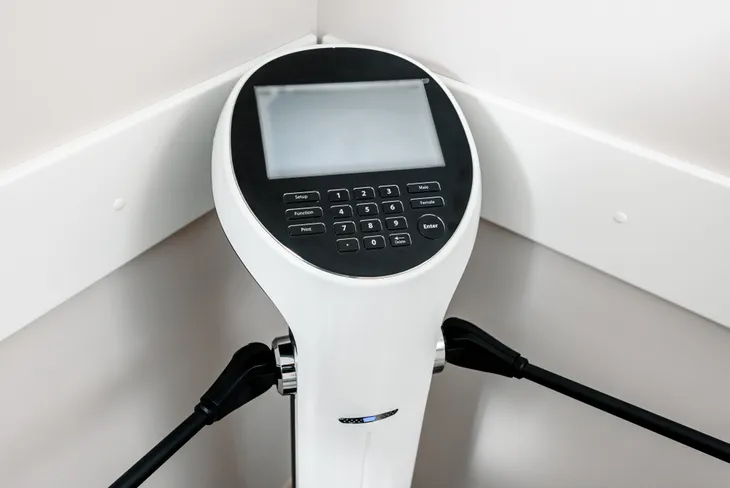 Denys Kurbatov / Shutterstock.com
Denys Kurbatov / Shutterstock.com7. String Challenge
Measuring your height using a piece of string seems like something your mom and dad might have done to mark your growth during childhood. However, a 2014 study published in the journal, BMC Medicine, recommends this “easy and cheap” method of weight measurement.
Start by using a piece of string to mark your height. Now, fold the string in half and it should make it all the way around your waist circumference. If it does, consider yourself within a healthy weight range. If not, you may be carrying excess weight around your midsection.

